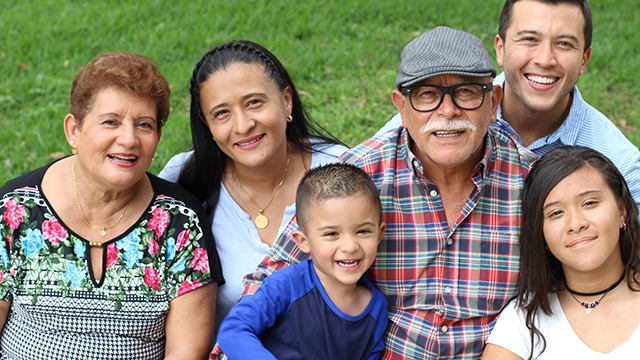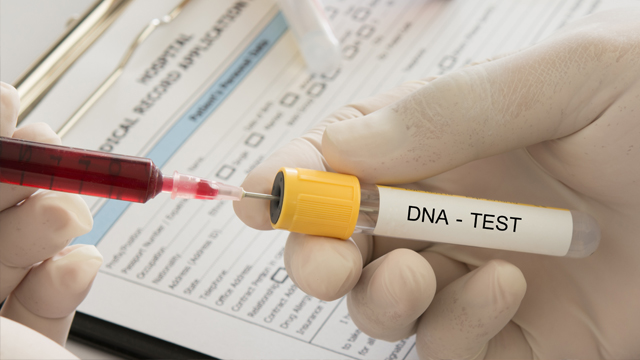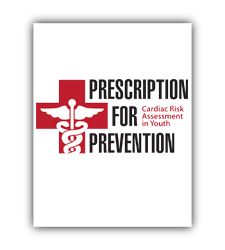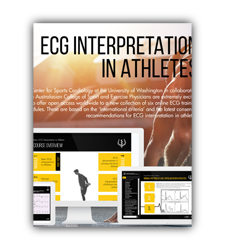Make Sudden Cardiac Arrest Prevention Part of Your Practice
Did you know that 1 in 300 youth has an undetected heart condition that puts them at risk for sudden cardiac arrest?1 As primary care practitioners, you are on the front lines when it comes to protecting young hearts from sudden death. And yet, studies show that cardiac consideration is an often overlooked area of assessment, with practitioners and parents largely unfamiliar with warning signs and risk factors that require follow up. In fact, the standard approach to well-child checkups and PPEs can miss up to 90%2 of heart abnormalities.
Consider the evidence.

Up to 72% of sudden cardiac arrest is preceded by symptoms, which often go unrecognized or unreported.

In cases when an SCA victim had reported symptoms, up to 60% of practitioners did not consider a cardiac diagnosis.

Up to 49% of victims had a significant family history that should have triggered diagnostic testing.

As few as 15% of practices annually update patient history, which means changes in a family’s heart health could be missed.
New AAP/Bright Futures Recommendations for Cardiac Risk Assessment
Nationally reported data³ shows sudden cardiac arrest is a leading cause of death among youth. And arguably, it is the only one we can prevent with tools we have now. A more comprehensive cardiac risk assessment at home and in the medical practitioner’s office could prevent the loss of thousands of youth each year. New recommendations call for all youth to get a heart screening during well-child checkups and PPEs or at least every three years and especially upon entry to middle and junior high school. Assessment includes:

Stress the importance of getting a thorough family heart history.

Ask about risk factors and warning signs youth may be experiencing.

Utilize diagnostic testing proven better at confirming youth at risk.

Test for inherited conditions if family risk factors are present.
Don’t Take a Chance with A Child’s Heart
Use these free resources to incorporate robust cardiac risk assessment into your practice. A more comprehensive cardiac risk assessment at home and in the medical practitioner’s office could prevent the loss of thousands of youth each year. Use these free resources to protect young hearts.

Cardiac Risk Assessment Form with Billing Codes
1Average from Fuller, 1997; Corrado, 2006; AHA 2007; Wilson, 2008; Bessem, 2009; Baggish, 2010; Harmon, 2015; Drezner, 2016
2Maron et al “Autopsy Study of Athletes with SCD (JAMA276:199-204;1996)
3Comparison of reports from the American Cancer Society 540 cancer deaths in the 15–19 age group annually) with the American Society of Clinical Oncology (estimating 1,050 cancer deaths in children under 15); the National Safety Council (7,300 motor vehicle fatalities in 2019 in youth under 25); the CDC (6,643 suicides in the 10–24 age group and 650+ opioid deaths in children and adolescents age 0 to 19) and the American Heart Association Heart & Stroke Report.



